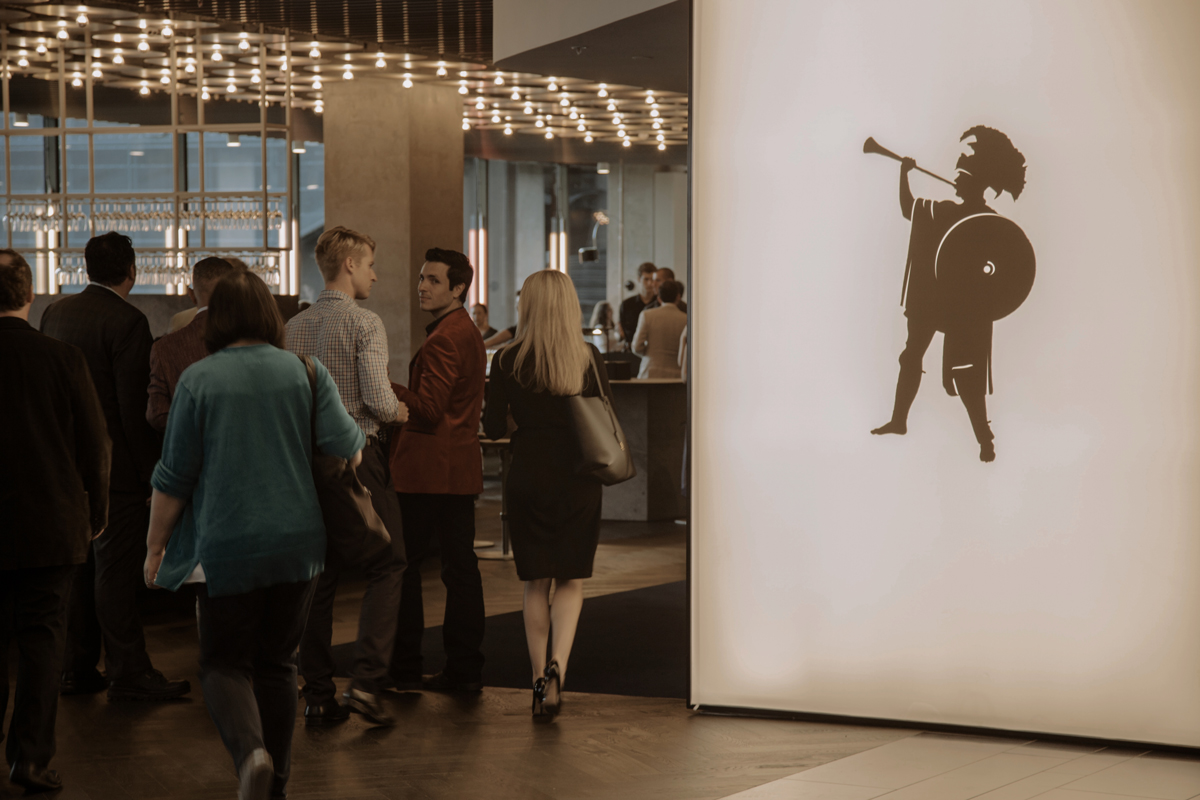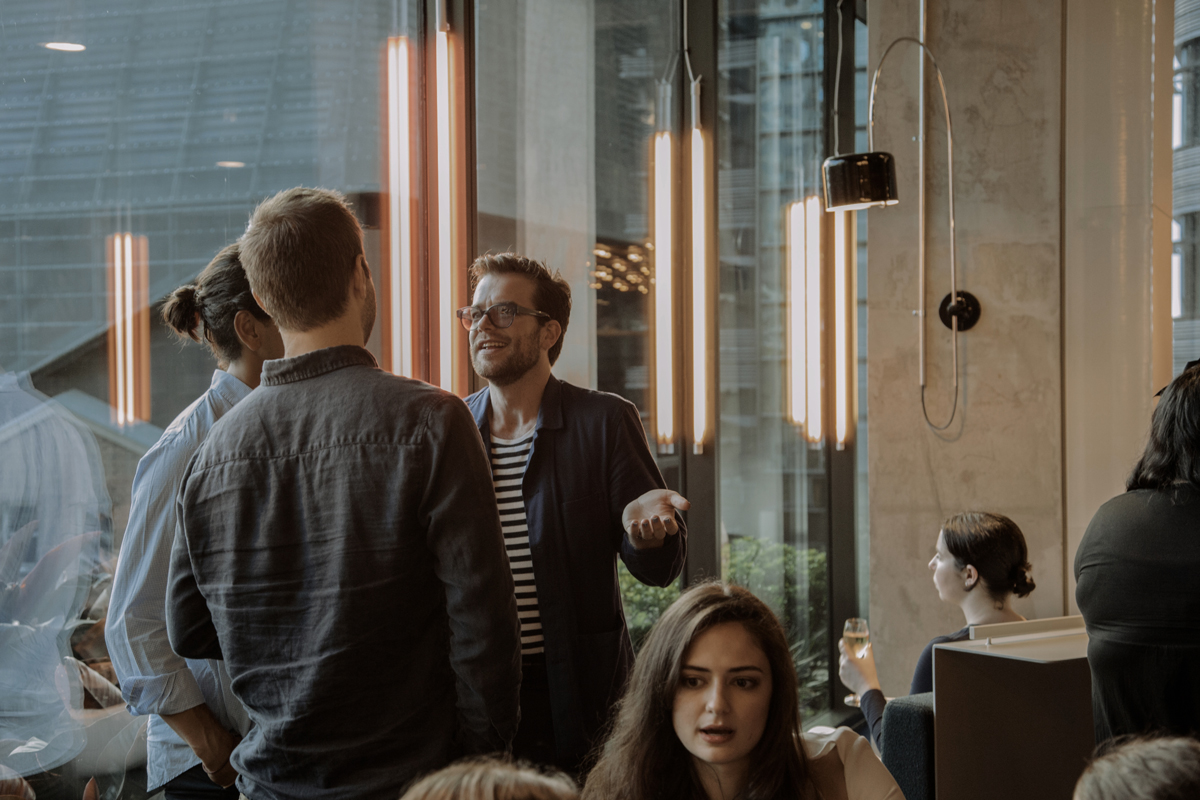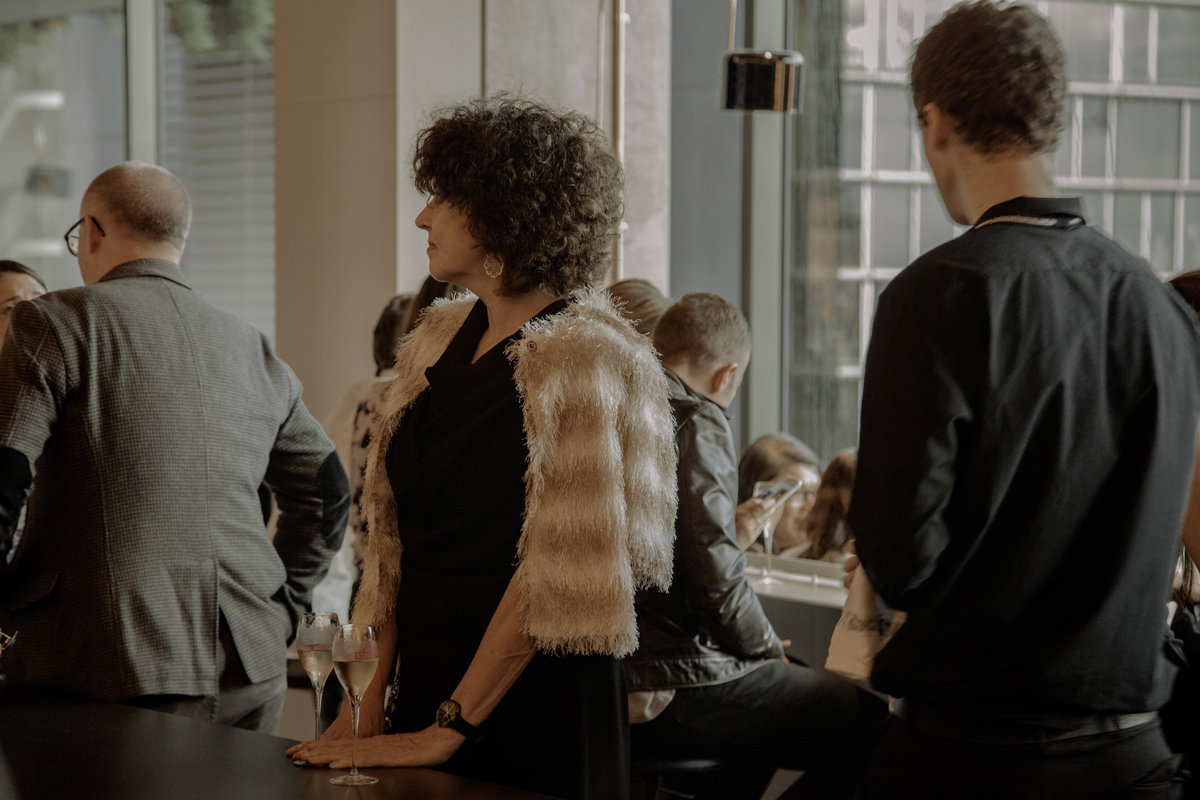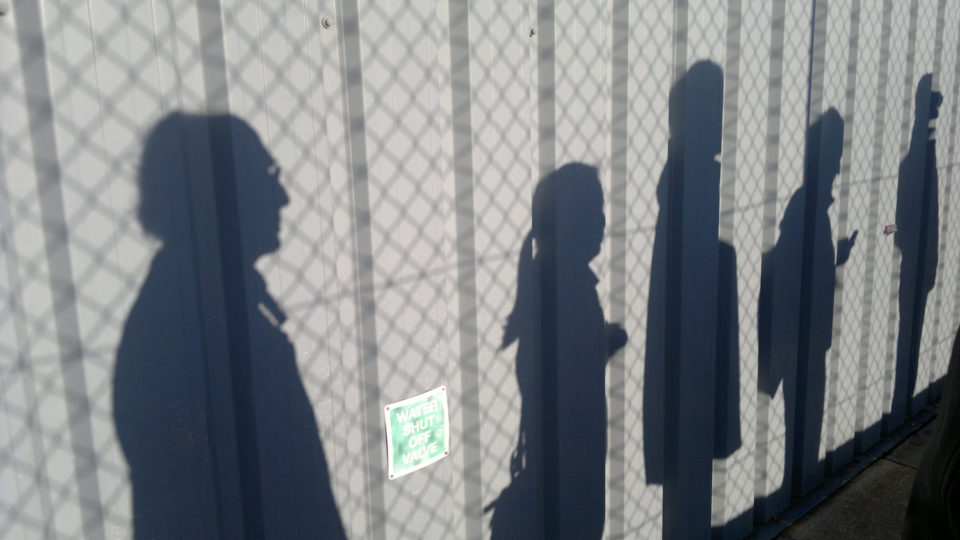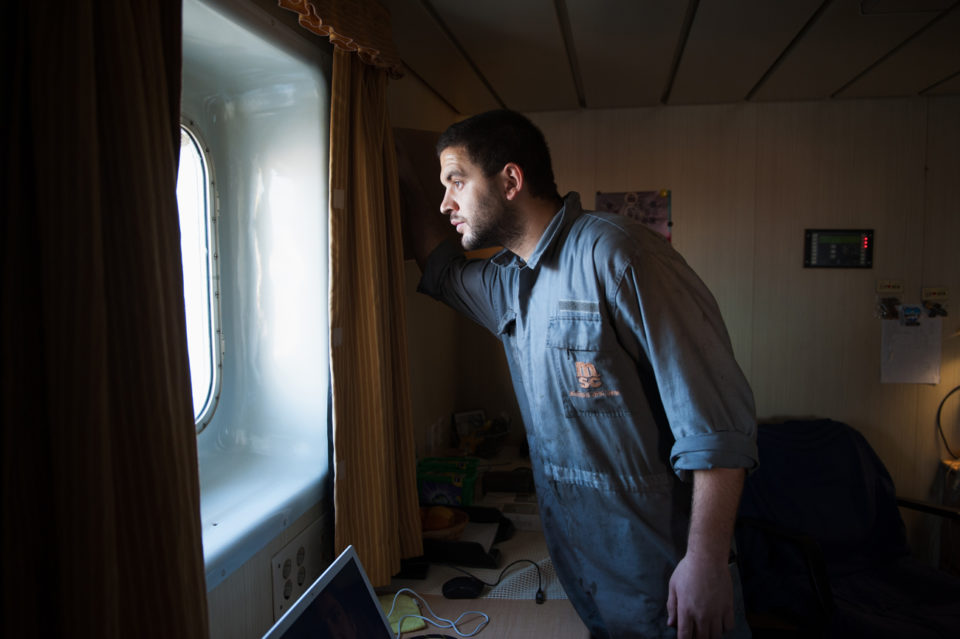We always end up keenly swapping our opinions and recommendations for new films, my old friends Steve and Lena and I. For decades these keen movie lovers have gone to the cinema every Friday to see the latest independent and foreign titles, usually ones that opened only the day before at the Palace Verona in Paddington’s Oxford Street.
Last week, when I asked what films they’d seen lately, the answer was swift and unexpectedly blunt: “We haven’t been going to the cinema,” said Lena. “We’ve got Netflix.”
The US video streaming service now has more than 7.6 million subscribers in Australia, according to Roy Morgan research, roughly 1 in 3 of the total population. That of course is altering the landscape for visual entertainment by providing a stiff challenge for eyeballs that used to swivel automatically towards cinemas and TV (both pay and free to air).
That’s not forgetting rival services like Stan, the streaming services offered by iTunes, Foxtel Now and Dendy Direct, nor the hours of free viewing via digital on-demand services offered by television operators – ABC’s iView, SBS On Demand (which extraordinarily has more than 600 free movies available), et cetera. And the flood will rise even higher and flow faster once Apple and Facebook start pumping out their own content, as they plan.
How we deal with this excessive choice is an existential as well as a practical question. The 20 odd hours glued to Stranger Things and The Handmaid’s Tale are hours in which we literally can’t also be at the cinema. Until someone figures out how we can download the extra viewing hours needed to handle this, our brains are stuck with a measly 24 hours per day.
So what is Palace Cinemas doing opening a brand new $10 million cinema with 13 screens in Broadway’s Central Park development this month; spitting in the face of a rainstorm?
This, note, is in a market where cinema box office figures internationally are trending downwards in the long term, a phenomenon slightly disguised to the outsider by the constant crowing in the media about “record breaking box office”. Both Hollywood studios and the local distributors quietly hope the public will fail to realise these hyped-up figures are misleading. Firstly, they are not inflation-adjusted, and secondly, year-on-year increases in box office these days almost always reflect increases in the price of tickets rather than extra admissions.
Cinema admissions are the more meaningful measure and they’re in gradual, long-term decline in western countries (though it’s the opposite case in China, where there has been an explosion in the development of multiplexes and increasing attendances to match).
Yet despite this gloomy picture, the Melbourne-based, national chain Palace is hardly alone in its confidence. Significantly, its major rivals on the independent scene, Dendy (which has cinemas in Sydney, Canberra and Brisbane) and Nova (with multiplexes in Melbourne and South Australia), are both also expanding. The latter is opening a new complex in Adelaide while Brisbane will have a new Dendy before Christmas.
Palace’s new Central premises (slogan – “Cinema Reimagined”) follows on from its multi-million dollar refurbishment of its complex in Leichhardt’s Norton St and new seating in its Paddington four-plex, The Verona. Next cab off the rank will be a 10-screen Palace multiplex inside a planned new complex at the corner of Double Bay’s Jamberoo Lane and Cross Street. The development, currently occupied by a multi-storey car park, will also contain shops, 100 apartments and 500 parking spots.
Such thrusting expansion may
But no one should be surprised to find there is detailed business calculation at work. While the international entertainment press is full of stories about the independent film sector being under pressure, Palace Cinemas CEO Benjamin Zeccola says the chain’s attendances have in fact been going up.
A key factor in Palace’s decision to expand is the success of its Norton Street complex. After a full-scale renovation lasting seven months, it re-opened four years ago to booming audiences, “giving us confidence,” says Zeccola, “that we can recreate and augment and improve and continue to evolve the optimal cinema-going experience.”
But it’s also crucial to realise programming has become broader, both in the indie chains and the family-style, standalone cinemas such as the Randwick Ritz. Palace and its competitors are no longer just ‘art cinemas’ dealing exclusively in independent and foreign, specialist releases. They also partly depend on Hollywood blockbusters, a steadily increasing number of film festivals, and a selection of digital screenings of operas and other arts.
The day
Driving independent cinemas – best defined as those not owned by market dominators Hoyts and Greater Union – is the essential understanding that if an older business doesn’t innovate in a fast-changing, increasingly competitive market, it will die.
At the Newtown headquarters of the Mel Gibson-owned Dendy Cinemas and Icon film distribution, CEO Greg Hughes is upfront about the scale of the challenge. “Bingeing (of teleseries) sucks up an awful lot of time for the viewer,” he concedes. “The advent of video-on-demand has created an eco-system of high quality content. There’s some really good TV on Netflix and it’s relatively inexpensive (to subscribe). This has broader ramifications. There is a war for talent, whether writing, directing or performing talent.
“Most exhibitors have said ‘OK, there’s new competition, we’ve got to step up and improve our game.’ But a lot of that is using the natural advantages that cinema has. And it’s about experiences; it’s not about data. Cinema can, and has, stepped up because it’s still a unique proposition to the consumer. Cinema needs to be very clear about its uniqueness, put a value on that and sell it actively to the consumer.”
As a result the independent chains like Dendy and Palace are now much more concerned with “activating consumers” via more aggressive marketing, says Hughes. “What can we do that the other guy can’t? Just the scale of spectacle; bigger screen, bigger sound, etcetera. We have the communal, the social, which is very hard to replicate on the small [television] screen.” Another important factor, he points out, is the “newness and novelty of film – 95% of what we play is brand new to the world, whereas with Netflix the majority is library.”
The company has also stolen a march on Palace by establishing its own video-on-demand (VOD) service, Dendy Direct, and it recently launched an innovative new way of releasing selected cult film titles. Films branded Dendy Marquee will be released in cinemas and then one week later also be made available on VOD for the same price as the cinema ticket. The thinking is that certain directors – such as the Japanese director Takashi Miike (whose latest is blood-drenched samurai title Blade of The Immortal) – have followers around the country who can’t all get to a specialist cinema easily and are therefore not well served by traditional release patterns.

Dendy Cinema Newtown. Credit dendy.com.au
The independents aim to give filmgoers a reason to turn off the Netflix and Stan by making a visit to the cinema more of a special event and by offering a wider range of choice of movies. They may do it in different ways, but the experiences they offer are distinctly Anti-Mainstream Multiplex and proud of it.
The warmth, charm and family friendliness of the Randwick Ritz (built and designed by the Crimean architect Aaron Bolot in 1937) and Hayden Orpheum Cremorne’s interior design and decor (built in 1935 and lovingly restored by Mike Walsh in 1987) are obvious the moment you walk in. No bland corporate impersonality and pizza-puke carpeting here. This is Art Deco, its ‘modern’ ambitions subdued into modesty by the Great Depression, and all the warmer for it.
Palace takes a different tack towards the same modern ends now by focusing on a sleek, upwardly mobile lifestyle vibe aimed at adults. “We’re actually happy for teens not to come,” boldly declares Zeccola, who repeatedly describes its various features – seating, drinks, food – with the word “quality”.
The screening rooms for the new complex are small and intimate, from 35 – 85 seats each, with luxurious seats and the atmosphere of a private theatrette. The seats in the two front rows tilt back – at no extra ticket cost – following audience feedback that said people avoided the older style of front row seating due to fear of stiff necks. There’s a beer hall offering 38 draft and bottled varieties, and a large reception area cum wine bar featuring a “wine wall” where expensive wines such as Grange can be sampled by the glass. Talk about aspirational heaven.
Customers able and willing to pay a higher entrance fee – those who, say, want to impress a client or date or celebrate a birthday or anniversary – can choose from three “Platinum” screens – Palace’s answer to Greater Union’s Gold Class and Hoyts’s Lux. This means reclining chairs throughout the room, and drinks and food from outlets already operating inside the multi-storey Central Park complex, rather than being made or reheated in the cinema itself.
Veteran cinema industry consultant Paul Brennan has worked for both independent and corporate cinemas in Sydney for several decades and now advises for Event Cinemas in the CBD. He thinks Palace is headed in exactly the right direction because it has set out to attract women – in his view the core indie cinema audience – while giving “an astute wine bar, croissant and cappuccino experience”.
Suburban multiplexes aren’t in a position to offer special experiences when they’re so associated with shopping, he believes. “Palace realised that women are the answer. They will come back three times a week if the experience is appealing. You will have a bullet proof venue.” The next phenomenon, Brennan predicts, is the return of small family cinemas, encouraged by automated digital projection.
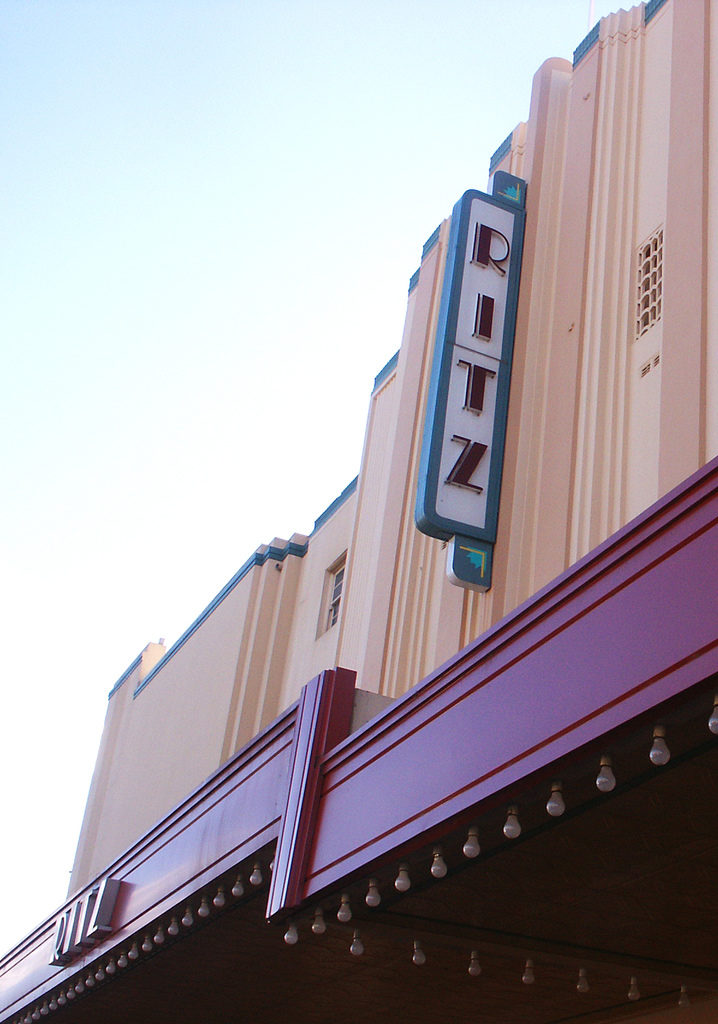
The front of the Ritz cinema Randwick, by day. Credit Wikipedia Commons.
The first signs of the changing business model needed to survive into a new digital era began when Palace started to curate its own Italian Film Festival in 2000, reflecting founder Antonio Zeccola’s Italian-Australian background. That successful annual event has since been joined by the Scandinavian, the British, the Spanish and a spin-off from the latter in the form of Cine Latino.
While Benjamin Zeccola – Antonio’s son – declines to reveal the proportion of box office now taken up by festivals, it clearly forms a significant percentage of Palace’s total revenue. On a random recent Saturday at Palace’s Verona cinema I counted a total of 20 sessions, of which 11 were films in commercial release, one a digital opera screening, and eight were festival screenings (British and Cine Latino) i.e. roughly 40%. Note however that on some days there are no festival screenings so the overall percentage has to be lower.
That opera session reflects one of the indies’ other adaptations: regular digital screenings, often live or marginally delayed, of cultural productions by the likes of the UK’s National Theatre, New York Metropolitan Opera, major museum exhibitions et al, targeted at small but passionate, upscale audiences. While for Palace these amount to less than 10% of total box office revenue, they provide a dependable source of income and help cinemas fill screens at times when they might otherwise be empty, such as weekend mornings.
Not all of these digital arts screenings are highbrow. Dendy’s Hughes points to one of the Dr Who special screenings held by Dendy. “It was on the ABC that morning, yet people still turned up to the cinema in droves four hours later.”
In this writer’s experience, while the cinemas are comfy, the Palace Norton Street and Verona cinemas and Dendy Newtown have yet to live up to their potential at peak time. This is mainly because they haven’t figured out how (or don’t have sufficient staff) to serve the large numbers of people coming through the pipeline at irregular intervals.
You may, for example, have to forget about ordering that extra drink after the movie, because the bar staff have all been syphoned off to sell tickets, choc-tops and drinks to the huge queues coming in for the next sessions. Paul Brennan tells of a Palace Norton Street customer becoming so frustrated at standing in a long, slow-moving line behind people ordering not only tickets but drinks and food, that she lost it and yelled out: “Will someone please just sell me a ticket!” When your customers begin shouting at you, the system may need a rethink.
But then perhaps the problem is already being fixed. Yesterday I ran into another old friend who, unaware I was writing this story, began raving enthusiastically about the new Palace Central unprompted. Not only did he love the bars and luxurious seating but also the six ticket machines, which were easy to use and fast.
Ah, now that’s progress. All we need now is an assured production line of great and varied content into the future. Programmers and filmmakers, it’s over to you.



